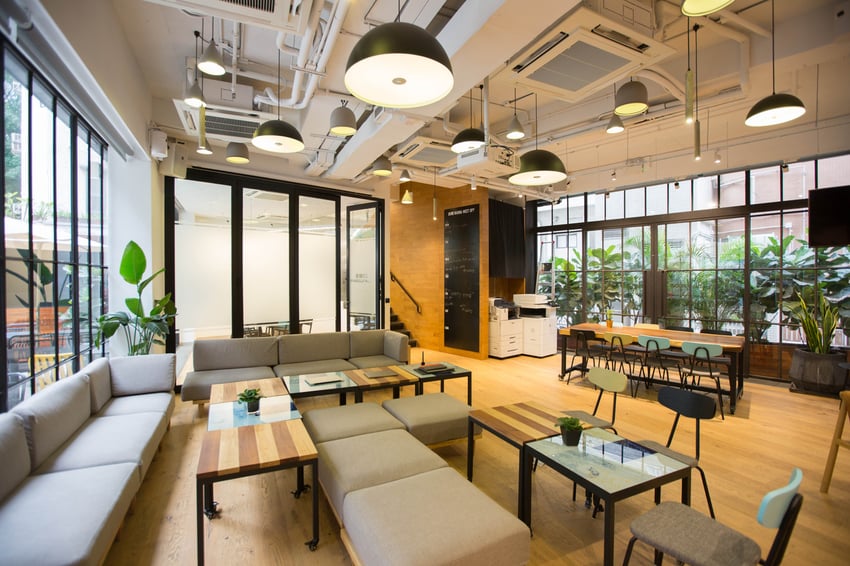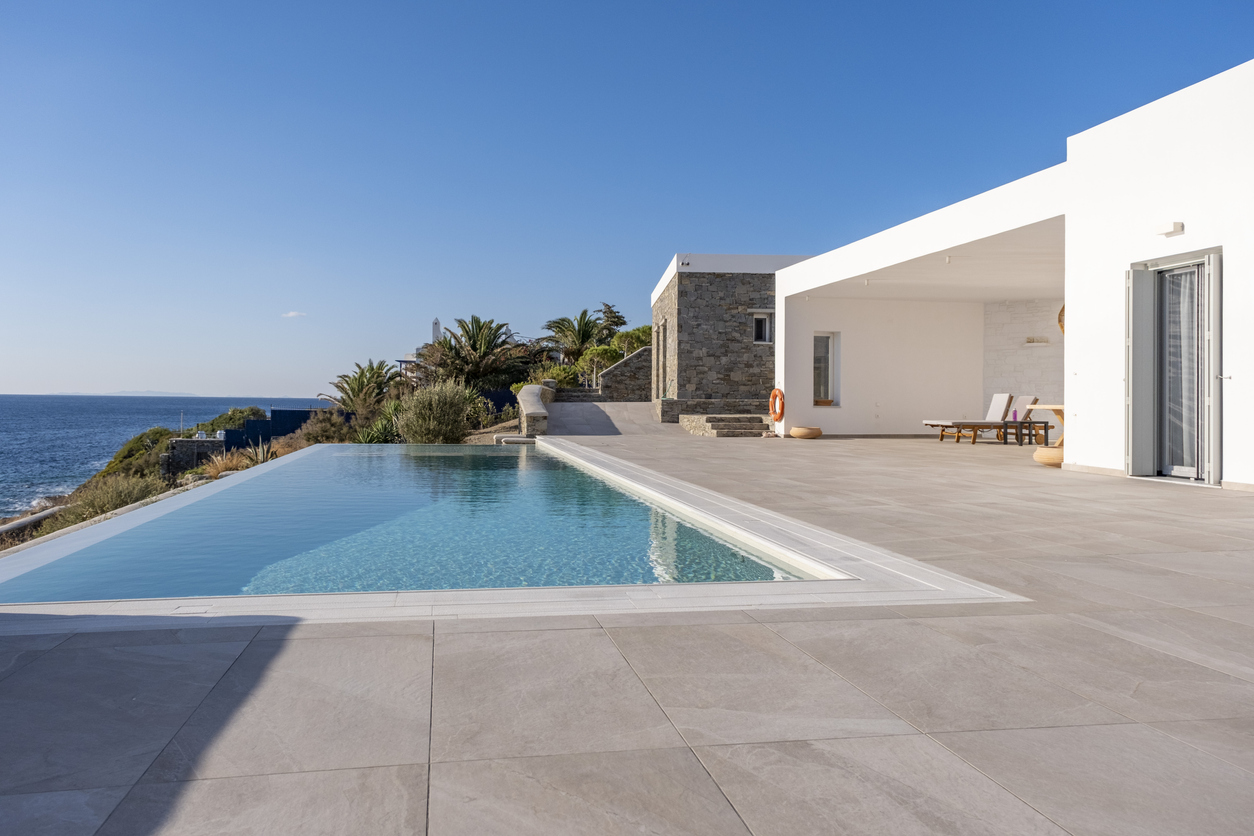In recent years, a new real estate development model has appeared on the market: Build to Rent. This real estate development approach, fundamentally focused on housing, provides benefits for both the developer and the occupants of the buildings, while also facilitating the application of sustainable measures in them.
What does Build to Rent consist of?
Build to Rent, also known as BTR, is a real estate development model that has gained popularity in recent years. This is an innovative approach to the housing market, where buildings are specifically designed to be rented on a long-term basis rather than sold to individual homeowners. This concept is changing the way people search for and live in a home, while also offering a new way to exploit real estate assets.
In contrast to the traditional operation, in which the developer sells a property to a private individual and does not take care of it afterwards, in Build to Rent the developer is responsible not only for the construction but also for the maintenance of the building and its facilities. This promotes that BTR buildings always have the best services, such as common areas, gyms, pools, coworking spaces, and even stores. The objective of this type of building is to offer the greatest possible comfort to their tenants.
The characteristics of this building model make it a perfect candidate for sustainable certifications such as BREEAM, LEED, VERDE and DGNB. They are also perfect candidates to obtain certifications focused on the well-being of the building's occupants, such as WELL. An example of a certification of a Build to Rent is the residential building Vila Bonaplata in Barcelona.

The sustainable approach of Build to Rent
We can highlight 3 fundamental characteristics in Build to Rent buildings directly related to sustainability:
1. Environment and energy efficiency
One of the most notable features of the BTR is its focus on environmental sustainability, particularly on energy efficiency. BTR buildings are designed with consumption reduction and environmental impact in mind. This is achieved through the incorporation of energy efficiency measures such as high-efficiency heating and cooling systems, LED lighting, presence detectors and a daylight sensor or timer, efficient lifts, energy efficient appliances and the use of renewable energy sources. These elements not only translate into lower energy bills for tenants, but also into a reduction of the carbon footprint of the buildings. At the same time, this approach is aligned with the regulations dictated by the European Taxonomy.
2. Focus on people
Build to Rent is not just about providing housing; it also offers the possibility of creating connected communities. This type of buildings usually offer a wide range of services and amenities that improve the quality of life of the tenants. These amenities may include common areas, gyms, coworking spaces, green areas, playgrounds, and more. Encouraging social interaction is a priority, which contributes to the creation of healthier communities.

3. Cost savings
The BTR strategy translates into greater comfort and cost savings for tenants. By concentrating a variety of services in the same building or complex, travel is eliminated and time is saved. This not only reduces the need to travel by car or use public transport, but also reduces the individual carbon footprint of residents, contributing to a more sustainable and economical lifestyle.
In addition, by managing the buildings together rather than independently, efficiency measures and cost savings can be implemented homogeneously across the complex, resulting in overall cost reduction and more effective management.
Benefits for tenants and developers
Build to Rent brings benefits for both the developer and the tenants.
Benefits for tenants:
- Greater comfort: Tenants enjoy a more comfortable lifestyle with access to a wide range of services and amenities within walking distance of their homes. This convenience significantly improves the quality of life.
- Communities: The focus on community building fosters social interaction, which contributes to the formation of stronger relationships and communities.
- Cost reduction: Tenants can save significantly by eliminating the need to travel to access services, while also benefiting from the energy efficiency of the building by paying lower energy bills.
- Maintenance and reliable services: The developers assume responsibility for the maintenance and management of services, ensuring that tenants enjoy a high level of quality and reliability in their living environment.
Benefits for the promoter:
- Stable income flow: The income generated from long-term rentals provides financial stability to developers, while avoiding fluctuations in the real estate market.
- Lower tenant turnover: Build to Rent tends to have lower tenant turnover, which reduces the costs associated with finding and renewing tenants, providing long-term stability and cost savings.
- Attraction of investors and favourable financing: The investment in Build to Rent buildings that comply with sustainable certifications, such as LEED or BREEAM, often results in greater attraction of investors and financiers.
In conclusion, Build to Rent is much more than a real estate concept; it is a sustainable strategy that benefits both tenants and developers, while addressing today's environmental and social challenges. This approach, increasingly popular among developers and asset portfolio owners, is helping to shape the future of housing and build more sustainable communities.


